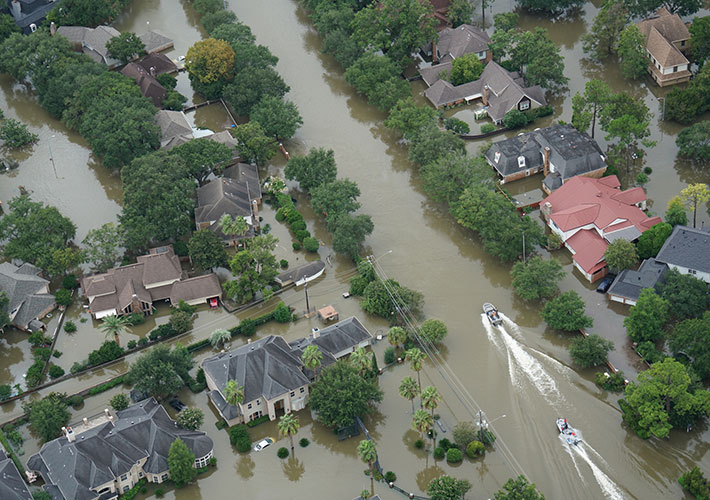
Apr 19, 2018
A new ASTM International standard will support cost-effective ways for communities to respond, withstand, and recover from a wide range of potential catastrophes, such as natural hazards, utility outages, and human-caused disruptions.
According to David Butry of the U.S. National Institute for Standards and Technology, the new standard provides an economic framework to evaluate investment strategies. It includes a seven-step approach to help communities formulate their own resilience plans.
“Investments in community-resilience projects are difficult due to unknowns surrounding the frequency and magnitude of natural, technological, and human-caused disruptions,” says Butry, an ASTM International member. “Accounting for low-probability, high-consequence events challenge traditional economic evaluation methods, but this standard aims to fill that need.”
The new standard on “developing cost-effective community resilience strategies” (soon to be published as E3130) was developed by ASTM International’s committee on performance of buildings (E06).
“The new standard can be used to integrate community resilience plans with economic development, zoning, hazard mitigation, and other community planning activities that affect buildings, public works, and infrastructure systems,” says Butry.
Butry says that the standard is aligned with the U.S. National Preparedness System and complements NIST’s Community Resilience Planning Guide. It can be used as a part of a more comprehensive planning process.
To purchase standards, contact ASTM International customer relations (tel +1.877.909.ASTM).
For more information on ASTM International standards for resilience, see the infographic in the May/June edition of Standardization News.
May / June 2018
028